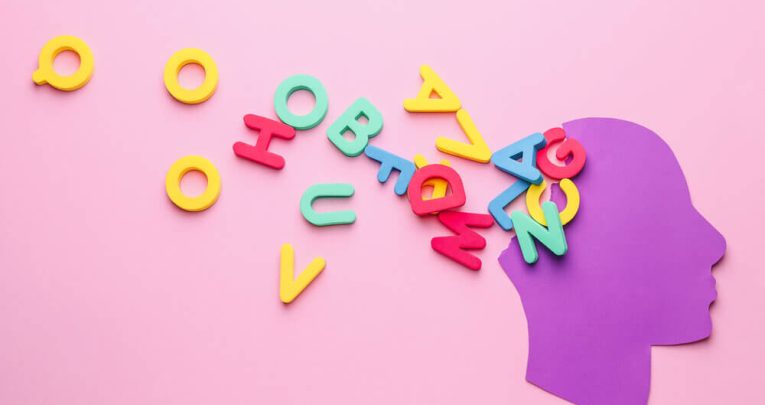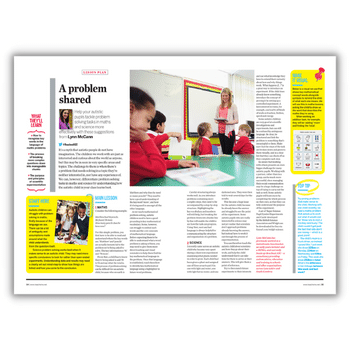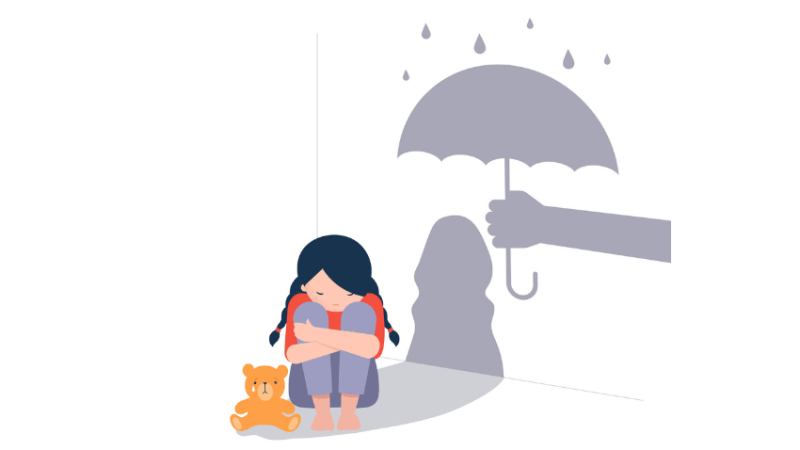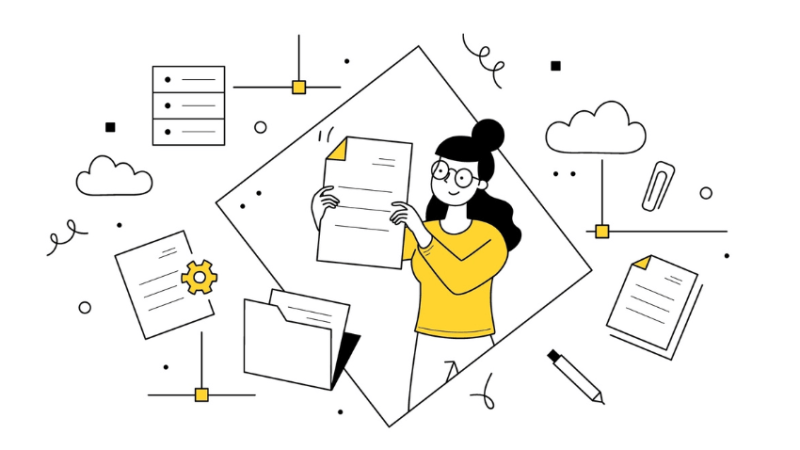Dyslexia screening – is Matt Hancock’s focus too narrow?

The former Secretary of State for Health and Social Care's call is well-intentioned, but may not go far enough to support primary school pupils…

- by Liz Hawker

When Matt Hancock chose dyslexia as a platform to return to the public eye in December 2021, reactions were mixed.
Without warning, Hancock was suddenly back, and with the “quiet scandal” of four in five dyslexic children going undiagnosed, he called for universal dyslexia screening at primary schools to prevent more “slipping through the cracks”.
But for many still furious at Hancock’s breach of pandemic rules, his pleas for universal screening fell on deaf ears. So, was this a breakthrough for dyslexia or a misguided move?
What does dyslexia look like?
Few would argue that screening is a bad idea. For mum Anita Robinson in Kent, early detection made all the difference: “It can be incredibly frustrating with the pressures of home reading and spelling,” she explained.
“Being able to adapt our support from an early age has helped our relationship with our younger daughter and her own transition through different year groups.”
But the thing is, dyslexia is not a one-size-fits all condition, and each child’s needs can vary greatly. Although digital screeners may be free or inexpensive, there’s an important catch: they are only blunt tools.
Screener results cannot be taken as a diagnosis and only full psychometric assessment can secure access arrangements for exams, etc. The use of universal screening without sufficient follow up could lead to confusion for pupils and families, and an ineffectual, time-consuming process for schools, further compounding teacher and pupil stress.
Dyslexia and other disorders
So why screen only for dyslexia? The latest government statistics for SEND in 2021 show lower figures for dyslexia than speech, language and communication, moderate learning difficulty and mental health. For Education Health and Care plans, the greatest need is autism.
Mostly it comes down to machines and money: the worry here is that the government will prioritise dyslexia over other medical SEND conditions, just because there is a cheap online tool available to tick a box.
For Professor Amanda Kirby, a former GP and emeritus professor at Cardiff University, screening could also risk a hierarchy of diagnosis — prioritising dyslexia over other conditions that could then go unrecognised:
“Rather than screening all learners, we should focus on those we know to be at greater risk. Hardly any children have neat challenges associated with one condition,” she argues. “In terms of neurodevelopmental conditions, dyslexia often co-occurs with ADHD, dyscalculia, dyspraxia (DCD), developmental language disorder (DLD), and autistic spectrum condition (ASC).”
So, what can we do to provide support in the classroom?
Multisensory teaching
Dyslexia difficulties extend to all subjects, not just English, so adapting your practice across all your teaching will pay dividends. Your most successful strategy is memorable multisensory learning – and it’s completely free.
All too often, visual and auditory methods dominate once pupils leave Foundation Stage: why drop kinaesthetic learning when dyslexia affects memory, auditory processing and visual processing?
Phonics teaching is also abandoned too soon, when its multisensory methods can help with more complex language in Key Stage 2.
Whatever the learning objective, create an ethos of ‘see it, say it, do it’. Take plant fertilisation and pollination in Key Stage 2, for example. Diagrams and videos show the process, but pupils need multi-sensory learning to internalise and recall the terminology – after all, it is complex to spell as well as to define.
As you introduce each new word, slash each syllable on the board and get pupils to stamp their feet and say each one, loudly, quietly and in distinctive voices. Get them to act out the process or tell a partner what it means in their own words.
You can get physical with phonology, too. Turn your back, and ‘air write’ each syllable, syncing each grapheme sound out loud as you trace the word in syllables.
Build in repetition by getting pupils to write the key words on each other’s backs, their own forearms, or on the desk, always saying each sound as they trace the letter shapes.
It’s also useful to zoom in on similarities and differences. Encourage pupils to overenunciate the ‘tion’ suffix sound in ‘fertilisation’ and ‘pollination’ as they trace the ending in the air.
When similar words have different endings, like ‘nectar’ and ‘anther’, use contrasting colours on the board and adopt a silly spelling voice for the final sound, exaggerating the ‘a’ and ‘e’ vowels to highlight the contrast.
Make these into memory hooks: to ensure the learning sticks, get pupils to do this every time they use the word.
Prosodic cues
Prosody is another free, effective multisensory tool. Like much punctuation, full stops and commas can be indistinct on the page and difficult to discriminate for pupils with dyslexia, leading to omission or comma splicing.
Use the rise, fall and pause of your voice as a cue to where a sentence ends and a full stop belongs (or a semi-colon for older learners). Make it kinaesthetic as well as auditory: as you say a sentence out loud, trace a pitch curve in the air then use body punctuation to punch the full stop (reminding pupils that a comma here would break the rule).
Use this strategy with other forms of punctuation in silly sentences – humour makes a great memory hook and deflects from pupils’ anxiety.
Free digital tools
Much assistive technology is also free and can transform dyslexic pupils’ progress. If you have tablets in class, make sure you have embedded Microsoft 365’s free Immersive Reader.
It reads selected text out loud, highlighting each word as it goes and is particularly effective for proofreading and enriching vocabulary with its picture dictionary and word-class colour coding.
Dyslexic and EAL pupils may also struggle to read instructions or information on the whiteboard. With the Office Lens app, they can capture text from any surface, convert into other languages if needed and have it read back to them. All you need is headphones or earphones for many pupils to use this technology at once.
For research online, show pupils their options for assistive settings; most browsers now offer screen magnification, text-to-speech, background colours and the Open Dyslexia typeface as an add-on.
If using video, remember subtitling, the easiest free tool in the box. It reinforces sound-spelling correspondence and boosts comprehension and recall, great for dyslexic pupils and also those with ADHD, ADD, hearing impairment and auditory processing disorder.
Liz Hawker is a SEND specialist, accredited assessor and parent in Kent. Follow Liz on Twitter @hawkerl1. Browse more resources for Dyslexia Awareness Week.











